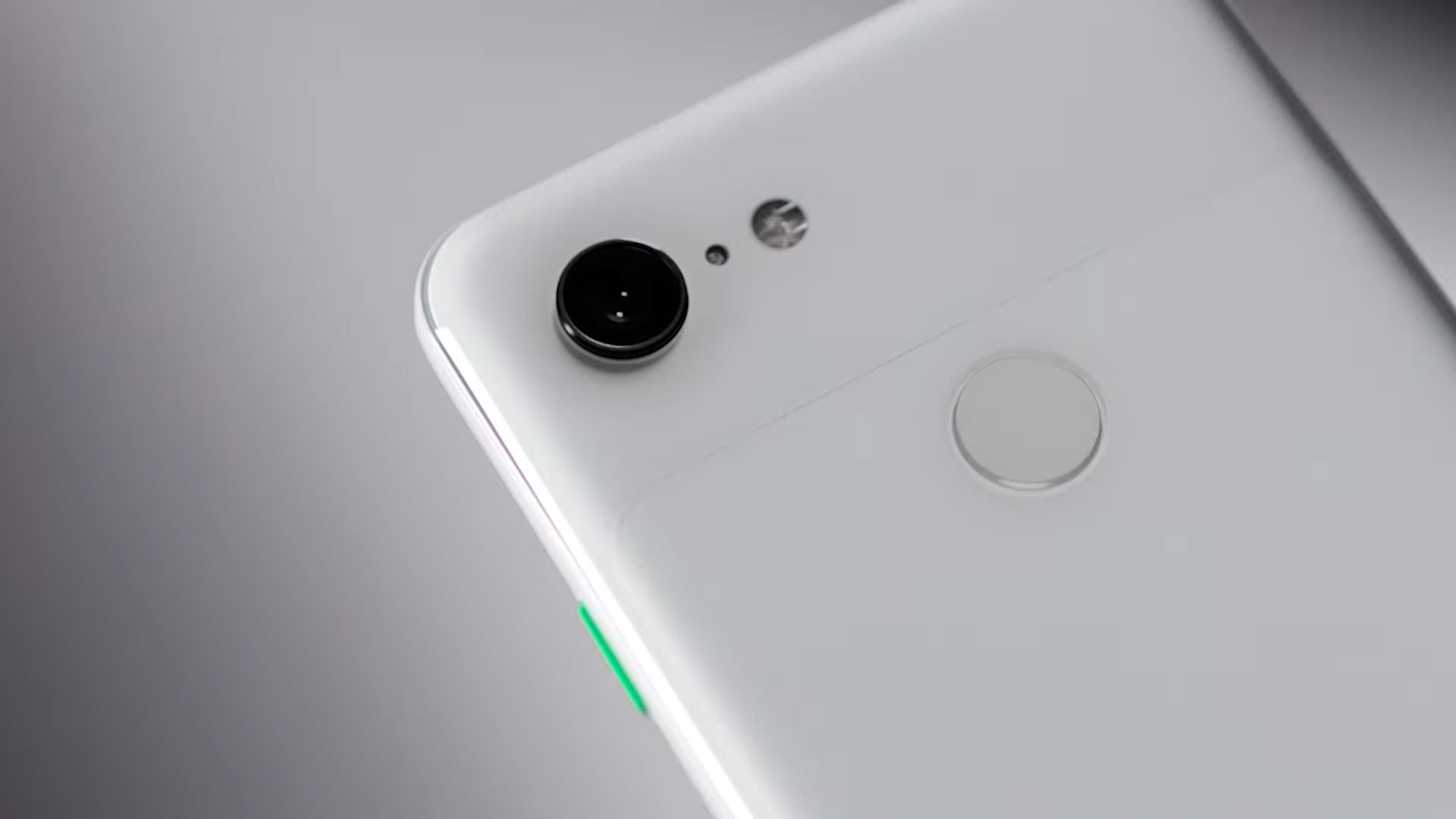Google Pixel 4 camera samples leaked: what are the big new features here?
Selfies, macro shots, night mode and more

The Google Pixel 4 is set to be announced on October 15, and we've just gotten a sneak preview of something that's likely to feature in the launch event, as camera samples that Google apparently intends (or intended) to use to promote the upcoming phone’s camera capabilities have leaked.
The snaps were found by 9to5Google, although it’s not clear how the website obtained them. They show a variety of pictures taken using a range of settings, from both the front and back cameras on the device.
- This is what we know of the Google Pixel 4
- What did we think of the Google Pixel 3?
- These are the best camera phones
By looking closely at these pictures, we can work out what the big new Google Pixel 4 camera features are. Shots of the Pixel 4 shown by Google itself show the device has one more camera lens than the Pixel 3, and these leaked images give us a clue as to what purpose that additional lens could serve.
The Pixel 3 topped our list of the best camera phones when it came out, but has since been surpassed by the Huawei P30 Pro, so Google is going to have to pull out all the stops to reclaim its top ranking – and based on these samples it might just manage that.
What are the new Google Pixel 4 camera features?
Some of the pictures show selfies evidently taken with the front-facing cameras (the Pixel 3 had two, and we’d expect the Pixel 4 to have the same). The snaps show crystal-clear subjects with appropriately blurred backgrounds, which suggests the selfie cameras could have improved depth sensing. Portrait shots from the rear cameras show the same effect.
Other snaps show astrophotography – pictures of the night skies. You can make out a field of stars in one image, and the Milky Way in the other, so the camera is evidently great for snaps like this. Several handsets, like the Huawei P30, have moon modes that can capture the moon in high quality, but star shots are harder to take on smartphones.
A key feature of the Pixel 3 was night shooting, with clear and bold low-light pictures, and some of the leaked camera samples show off pictures of a group of people at night. These images are bright and high-quality, and the bright city behind the group doesn’t ruin the picture by being overexposed, which is often a problem with night sight.
Sign up for breaking news, reviews, opinion, top tech deals, and more.

Quite a few of the leaked camera samples show macro shots, specifically close-ups of food and plants. Due to the high-quality nature of these snaps, it seems possible that the second rear camera lens could be a macro optic.
Few smartphone cameras have macro lenses, which make it easier to take great pictures of small subjects like food, bugs, flowers and more. However, most smartphone cameras have trouble autofocusing on close-up objects, which is where macro lenses come in.
Another feature shown is Action mode, with pictures of a dog jumping through the air without any blurring – this mode isn’t shown in much detail, however.
While none of these camera modes are completely new, these sample images suggest they're more effective than on other phones we’ve tried, which is why it’s likely these samples do indeed come from the Pixel 4 – although as always, we'd take such pre-release information with a pinch of salt.
If these camera samples are from the Google Pixel 4, we could see them very soon at the handset’s October 15 release – unless this leak prompts Google to change the pictures it shows off. TechRadar will be live at the launch event, so stay tuned as we bring you all the news, analysis, and our hands-on first impressions.

Tom Bedford joined TechRadar in early 2019 as a staff writer, and left the team as deputy phones editor in late 2022 to work for entertainment site (and TR sister-site) What To Watch. He continues to contribute on a freelance basis for several sections including phones, audio and fitness.